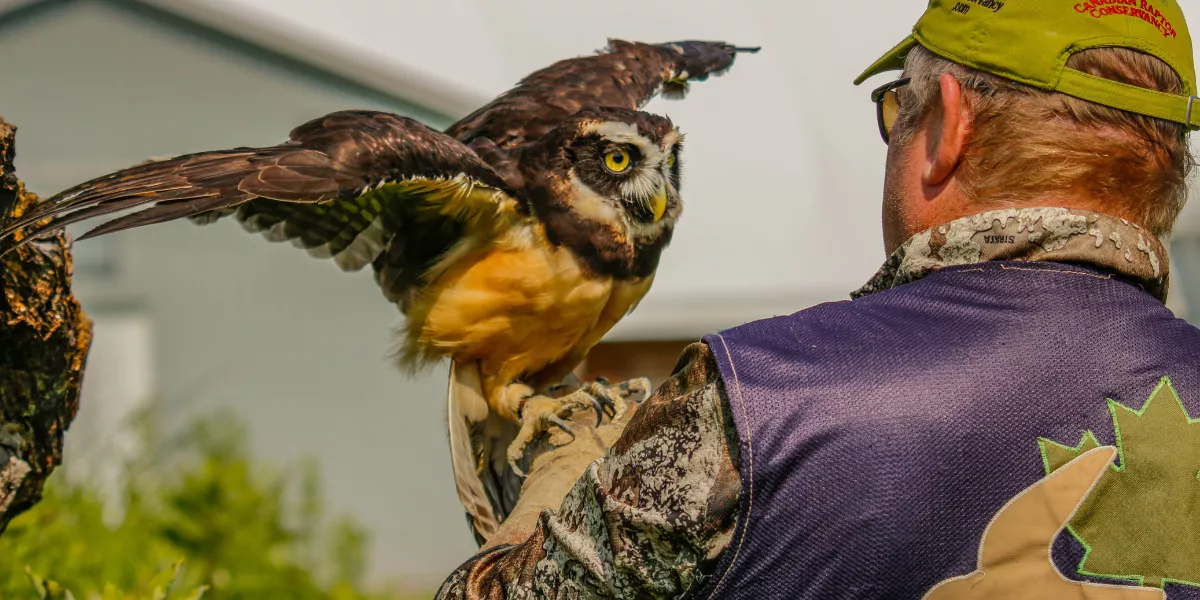
To train your bird to talk or perform tricks, start by choosing a quiet and familiar training environment. Spend time daily to establish trust by interacting at the same times each day. Use simple and clear vocabulary, repeat words consistently, and create a calm atmosphere. Introduce basic tricks that match your bird's abilities, use positive reinforcement, and keep training sessions enjoyable. Creating the right environment and building trust are key, and there are more tips to enhance your bird's learning and skills.
Choosing the Right Training Environment
To effectively train your bird to talk or perform tricks, select a quiet and familiar environment free from distractions. Birds thrive in spaces where they feel safe and secure, so choosing a location where they're comfortable is key. Avoid training near loud noises, other pets, or high-traffic areas to ensure your bird can focus on learning.
Setting up a designated training area within your home can help create a routine for your bird. This area should be well-lit and have enough space for your bird to move around comfortably. Consider using a perch or a small training stand to provide a designated spot for training sessions.
When choosing the right training environment, consider the temperature and lighting conditions. Birds are sensitive to changes in temperature, so ensure the training area is kept at a comfortable level. Additionally, providing adequate lighting can help keep your bird engaged and focused during training sessions.
Establishing Trust and Building Bond
Begin by patiently spending time with your bird daily to establish trust and build a strong bond. Birds, especially parrots, thrive on routines and consistency, so make sure to interact with them at the same times each day. Sit near their cage and speak softly to them, offering treats and gentle head scratches. Avoid sudden movements or loud noises that could startle your bird and erode trust. As your feathered friend becomes more comfortable with your presence, gradually increase physical contact and handling.
Creating a positive association with your presence is crucial for a trusting relationship. Birds are intelligent creatures that can sense your emotions, so approach interactions with patience and positivity. Offer praise and rewards when your bird displays desirable behaviors or shows signs of trust. Remember that trust takes time to build, so be patient and consistent in your efforts. Spending quality time together, such as playing with toys or exploring new environments, can also strengthen your bond. By investing time and effort into building trust, you lay a solid foundation for successful training sessions in the future.
Teaching Words and Phrases
When teaching your bird words and phrases, start by selecting simple and clear vocabulary that's easy for your feathered friend to mimic. Choose words that are distinct and easy to pronounce, such as 'hello,' 'goodbye,' or the bird's name. Repeat these words consistently in a calm and positive tone to reinforce learning.
To encourage your bird to talk, create a quiet and comfortable environment free from distractions. Birds are more likely to mimic sounds in a peaceful setting. Spend quality time with your bird during these training sessions, as the bond between you'll help in the learning process.
Additionally, observe your bird's natural vocalizations and try to incorporate words or phrases that align with its existing sounds. This can make it easier for your bird to grasp new vocabulary.
Introducing Basic Tricks
When teaching your bird words and phrases, you can further engage their learning by introducing basic tricks that build on their ability to mimic sounds and movements. Basic tricks like waving, nodding, or turning around not only entertain but also stimulate your bird's cognitive abilities.
Begin by selecting a simple trick that matches your bird's capabilities and temperament. Use positive reinforcement, such as treats or praise, to encourage your bird to attempt the trick. Repeat the trick consistently, using verbal cues or hand signals to help your bird associate the action with the command.
Keep training sessions short and enjoyable to maintain your bird's interest and motivation. Remember to be patient and consistent in your training efforts. With practice and repetition, your bird will gradually learn to perform these basic tricks, creating a fun and interactive way to bond with your feathered friend.
Conclusion
In conclusion, training your bird to talk or perform tricks requires patience, consistency, and a strong bond with your feathered friend.
By creating a positive training environment, building trust, teaching words and phrases, and introducing basic tricks, you can help your bird develop new skills and behaviors.
Remember to always be patient and understanding as you work together towards achieving your training goals.
Keep up the good work and enjoy the process of bonding with your bird!




